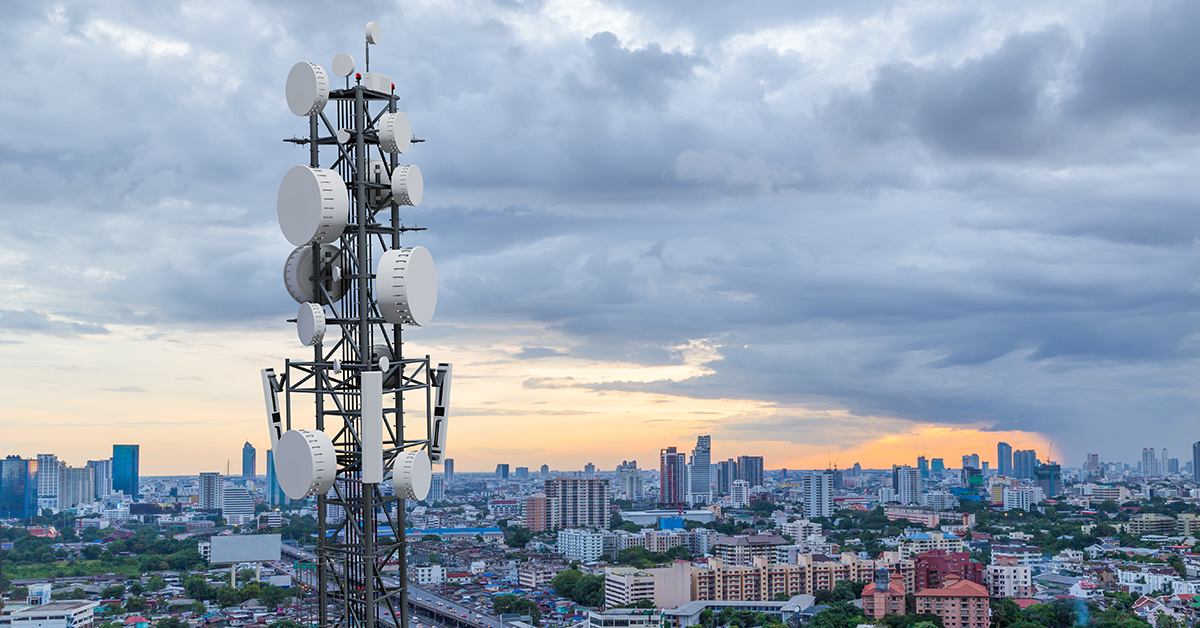In the ever-evolving world of technology, smartphones have become indispensable tools for communication, productivity, and entertainment. Now, with the introduction of a groundbreaking new feature in Android 15, smartphones are poised to take on yet another role: that of a desktop computer.
This innovative feature, known as “Desktop Mode,” harnesses the full power of your smartphone to transform it into a fully functional desktop computing experience. With Desktop Mode, users can connect their smartphones to external displays, keyboards, and mice, effectively turning their handheld device into a desktop workstation.
The possibilities offered by Desktop Mode are virtually limitless. Whether you’re drafting documents, editing spreadsheets, or conducting video conferences, you can enjoy the convenience and flexibility of a desktop computing environment, all from the comfort of your smartphone.
But what sets Android 15’s Desktop Mode apart from previous attempts at smartphone-to-desktop integration? One key difference lies in its seamless integration with the Android ecosystem. Unlike previous iterations, which often required clunky third-party software or specialized hardware, Android 15’s Desktop Mode is built directly into the operating system, ensuring a smooth and intuitive user experience.
Additionally, Android 15’s Desktop Mode boasts impressive performance and compatibility, thanks to optimizations and enhancements made to the underlying software. Whether you’re running productivity apps, multimedia software, or web browsers, you can expect responsive performance and reliable compatibility, ensuring that your smartphone performs admirably in its new desktop guise.
Furthermore, Android 15’s Desktop Mode offers a range of customization options, allowing users to tailor their desktop experience to suit their preferences and workflow. From adjusting display resolutions and layout configurations to customizing keyboard shortcuts and gestures, you have the flexibility to create a desktop environment that meets your unique needs.
Of course, the introduction of Desktop Mode in Android 15 raises questions about its practicality and adoption. Will users embrace the idea of using their smartphones as desktop computers? How will manufacturers and developers leverage this feature to create innovative new products and experiences?
While the answers to these questions remain to be seen, one thing is clear: Android 15’s Desktop Mode represents a significant step forward in the evolution of smartphone technology. By blurring the lines between handheld and desktop computing, this feature promises to unlock new levels of productivity, creativity, and convenience for users around the world, ushering in a new era of mobile computing.

